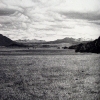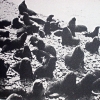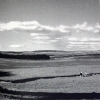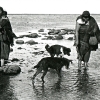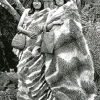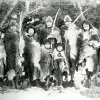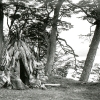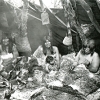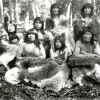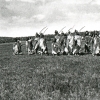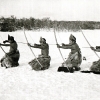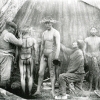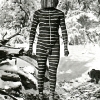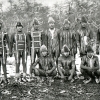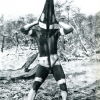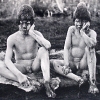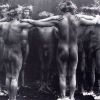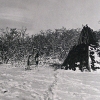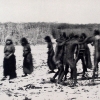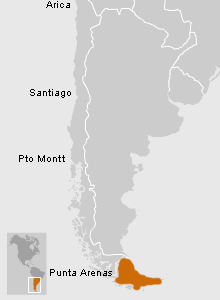The Selk’nam inhabited the Isla Grande (large island) of Tierra del Fuego, which was divided into the Párik, the windy plains region north of the Rio Grande, and Hérsk, the mountainous region of forests and lakes south of the river. The region has a rather inhospitable climate, with short cool summers and long, cold wet winters. Animal life abounds here, despite the harsh environment: the Pacific coast is especially rich in marine mammals and shellfish while the Atlantic coast has abundant guanaco, fox and rodents. A variety of edible plants and rich variety of bird life are also found throughout the island.
How to Arrive
El Museo se encuentra ubicado en pleno centro de Santiago, en la esquina de las calles Bandera y Compañía, a una cuadra de la Plaza de Armas.
Tickets
Chileans and resident foreigners: $1,000 Foreigners: $8,000 Chilean students and resident foreigners: $500 Foreign students: $4,000
Guided Visit
El Museo cuenta con un servicio de guías, sin costo adicional, para los establecimientos educacionales.
Information for Teachers
Invitamos especialmente a coordinarse con alguno de nuestros guías para programar una visita o actividades de motivación y seguimiento que aprovechen de la mejor forma la experiencia de visitarnos.
Audioguides
Download recordings of the Permanent Exhibition display texts in English, French, Portuguese and Spanish here. These audioguides are in mp3 format and are arranged by cultural area, following the same order as our exhibit galleries. Descargue desde esta página audioguías en castellano, inglés, francés y portugués con los textos de las vitrinas de la […]





































